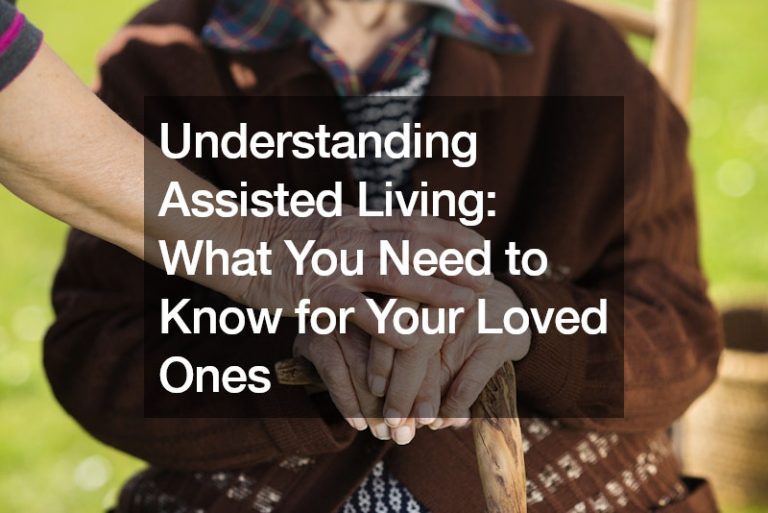Assisted living is a significant decision for families who need to ensure their elderly loved ones receive the care and support they require while maintaining their independence. Unlike nursing homes, which are geared towards those needing more extensive medical care, assisted living facilities provide a supportive environment where seniors can receive assistance with daily activities while enjoying a sense of community.
What is Assisted Living?
Assisted living facilities cater to older adults who require help with tasks such as cooking, cleaning, medication management, and personal care. These facilities are designed to offer a balance between independence and support, allowing residents to live as autonomously as possible while having access to assistance when needed. This setup is ideal for seniors who are still active and social but may need help with certain daily activities.
Key Differences Between Assisted Living and Nursing Homes
It’s crucial to distinguish between assisted living and nursing homes. While nursing homes provide around-the-clock medical care and supervision for individuals who cannot be cared for at home, assisted living homes offer a more independent living environment with support services available. Nursing homes are typically necessary for individuals with more complex medical needs, whereas assisted living is tailored for seniors who need help with daily tasks but do not require constant medical attention.
Costs of Assisted Living
Understanding the costs associated with assisted living is essential for families planning to transition their loved ones into these facilities. On average, assisted living costs approximately $141 per day, translating to about $4,300 per month or $51,600 annually. These costs vary widely based on factors such as location, amenities, and the level of care provided.
State-by-State Cost Variations
The costs of assisted living can differ significantly from state to state. For instance, states like Missouri may have average monthly costs around $3,000, while Delaware could exceed $6,690 per month. Factors influencing these variations include regional living expenses, facility amenities, and the level of care required by residents.
Services Offered in Assisted Living Facilities
Assisted living facilities offer a range of services aimed at enhancing the quality of life for residents. These include assistance with activities of daily living (ADLs) such as bathing, dressing, and eating, as well as medication management, housekeeping, laundry services, and transportation assistance. Many facilities also provide recreational activities, wellness programs, and social opportunities to promote mental and physical well-being among residents.
How to Pay for Assisted Living
Financing assisted living can be challenging, but several options are available to help cover the costs. These include personal savings, long-term care insurance, Medicaid (for eligible individuals), and veterans’ benefits such as the Aid and Attendance pension. Families may also consider selling or renting property, taking out a reverse mortgage, or utilizing life insurance policies or annuities to fund assisted living expenses.
Choosing the Right Assisted Living Home
When selecting an assisted living facility for a loved one, it’s essential to consider several factors. These include the facility’s location, amenities, staff qualifications, safety features, and the specific care services offered. Visiting potential facilities, speaking with staff and current residents, and reviewing online reviews can provide valuable insights into the quality of care and overall atmosphere of each facility.
Planning Ahead for Assisted Living
Planning early for assisted living can alleviate financial and emotional stress in the future. Investing in long-term care insurance while still healthy, exploring veterans’ benefits, and setting aside savings specifically for senior care can all contribute to a smoother transition into assisted living. By preparing in advance, families can ensure their loved ones receive the best possible care without compromising their financial security.
Conclusion
Understanding assisted living and its implications is crucial for families navigating the complexities of senior care. By recognizing the difference between assisted living and nursing homes, understanding the associated costs, exploring payment options, and carefully selecting a suitable facility, families can make informed decisions that prioritize the well-being and comfort of their elderly loved ones. Assisted living offers a supportive environment where seniors can thrive, maintaining their independence while receiving necessary assistance—a balance that ensures peace of mind for families and residents alike.
.

